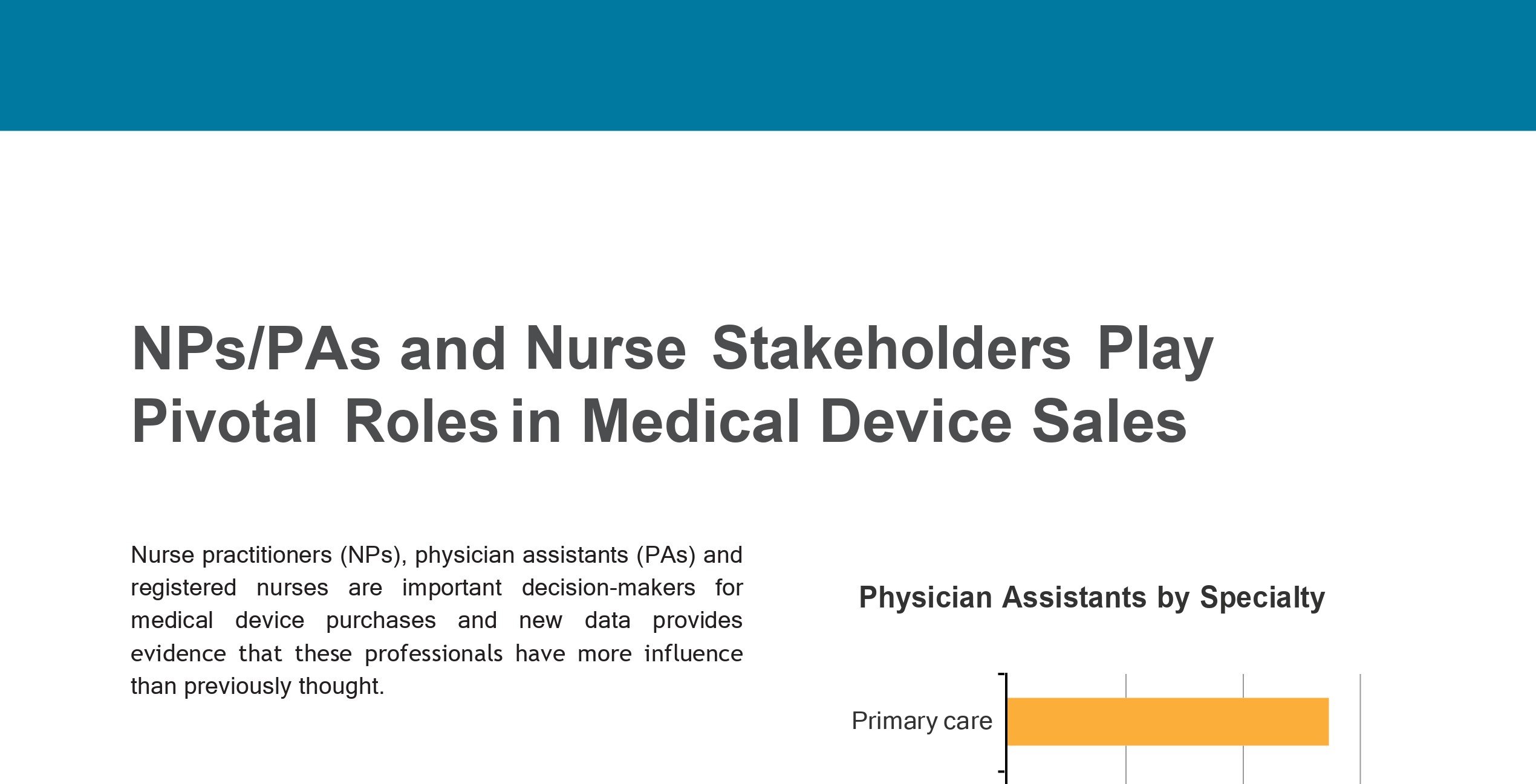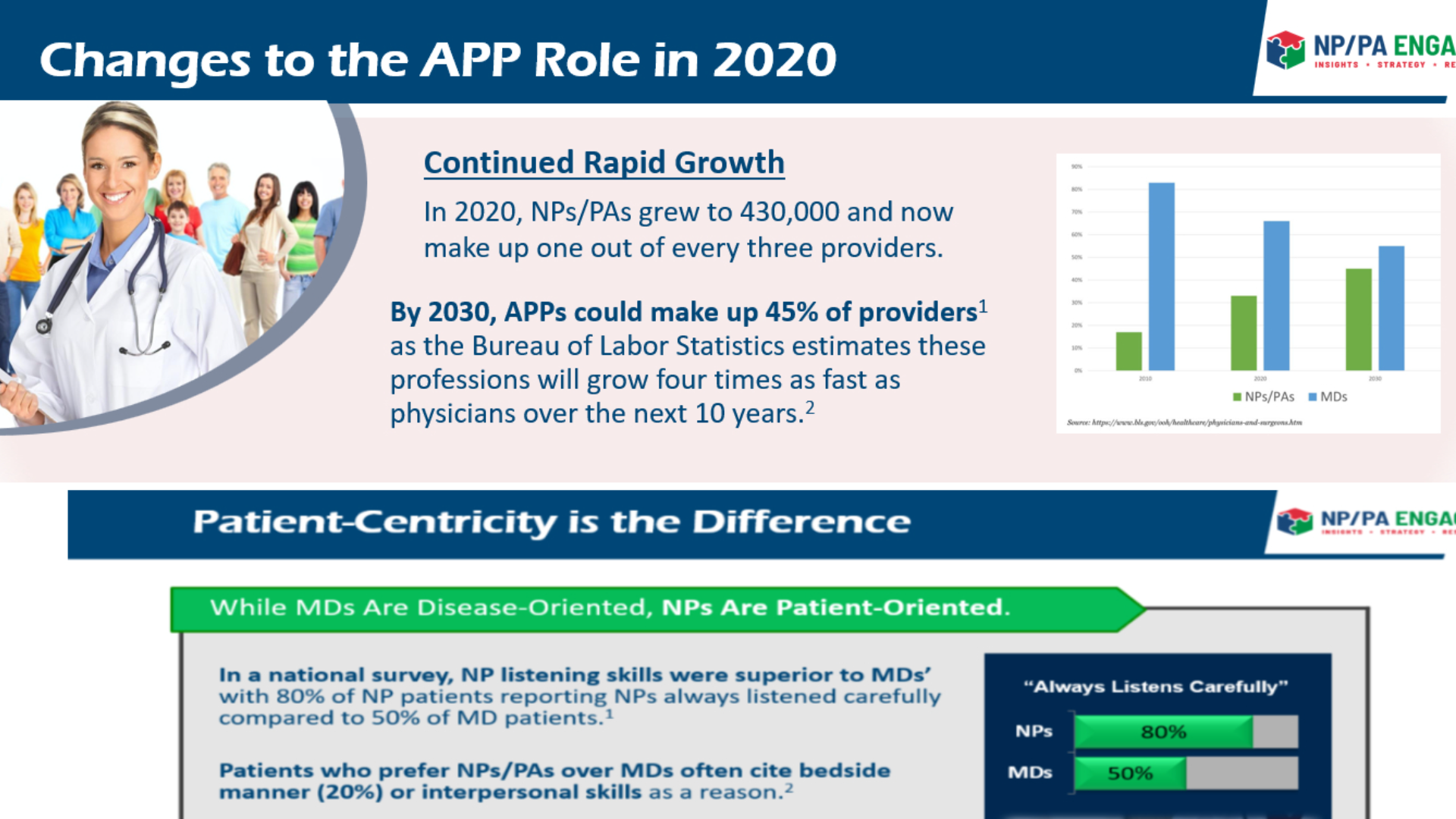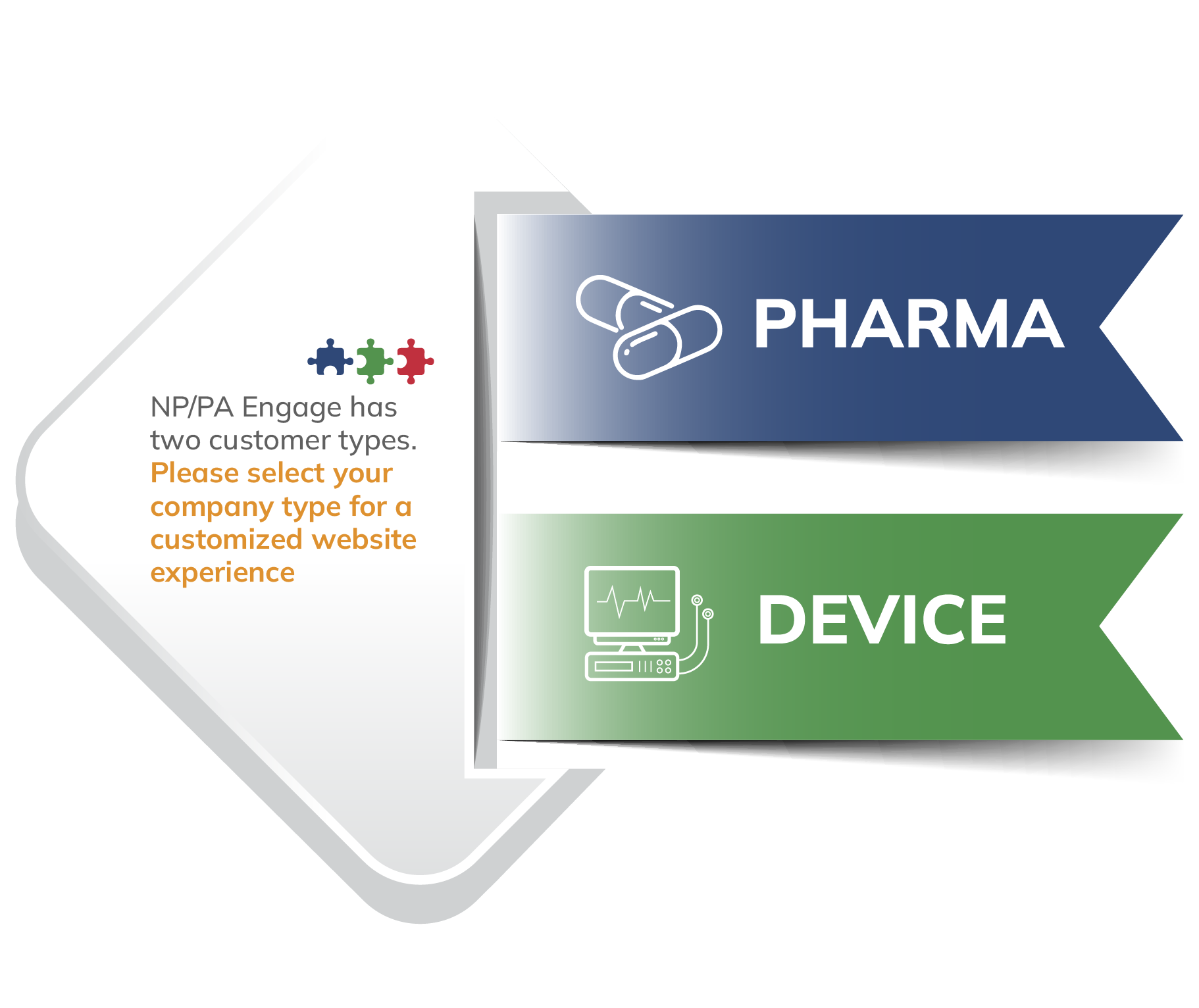Join the 2025 AAPA President: How Pharma Can Team with PA Prescribers
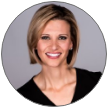 Leyla Gulen
(Moderator)
Leyla Gulen
(Moderator)
 Jason Prevelige
AAPA President, DMSc, MBA, PA-C, DFAAPA
Jason Prevelige
AAPA President, DMSc, MBA, PA-C, DFAAPA
How MDs and NPs/PAs Compare: Pharma Marketers Take Note
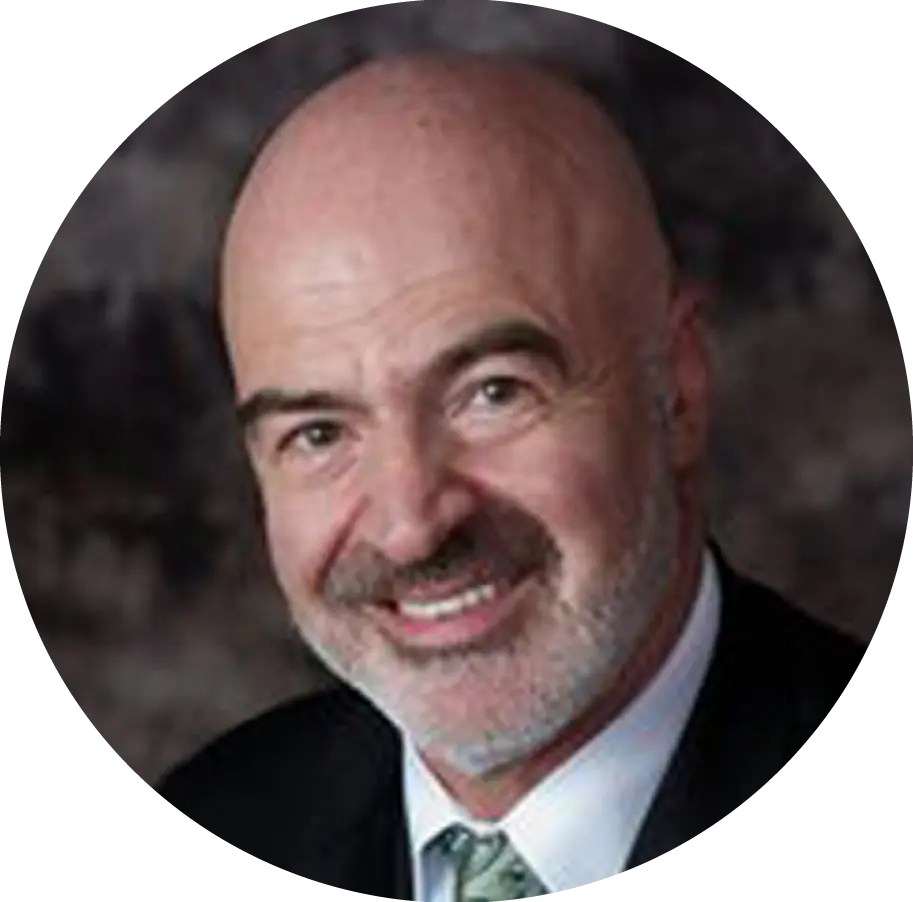 Stephen Brunton
MD, FAAFP
Stephen Brunton
MD, FAAFP
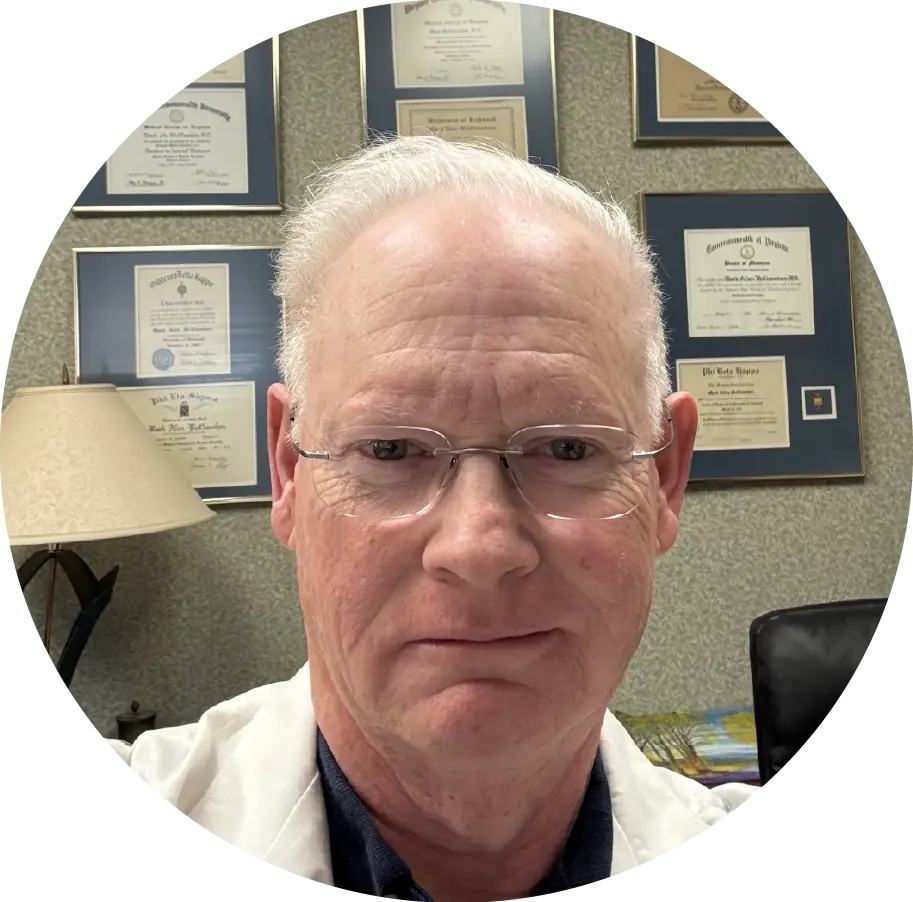 Mark McClanahan
MD
Mark McClanahan
MD
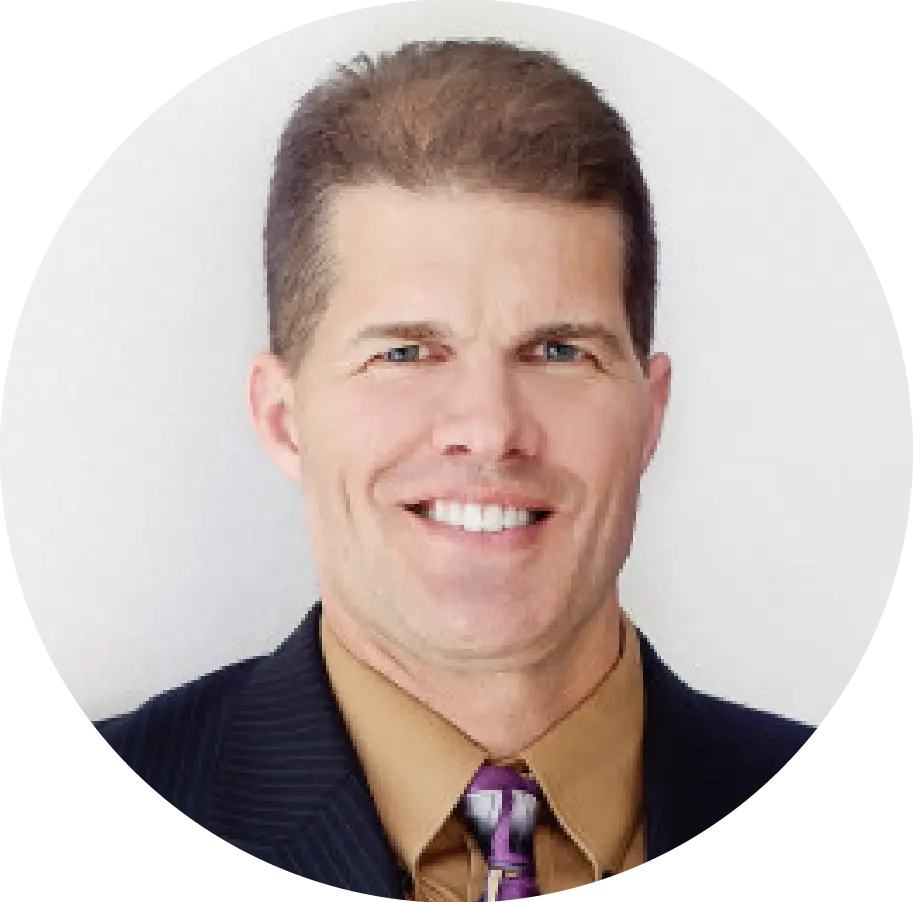 Scott Urquhart
PA-C, DFAAPA
Scott Urquhart
PA-C, DFAAPA
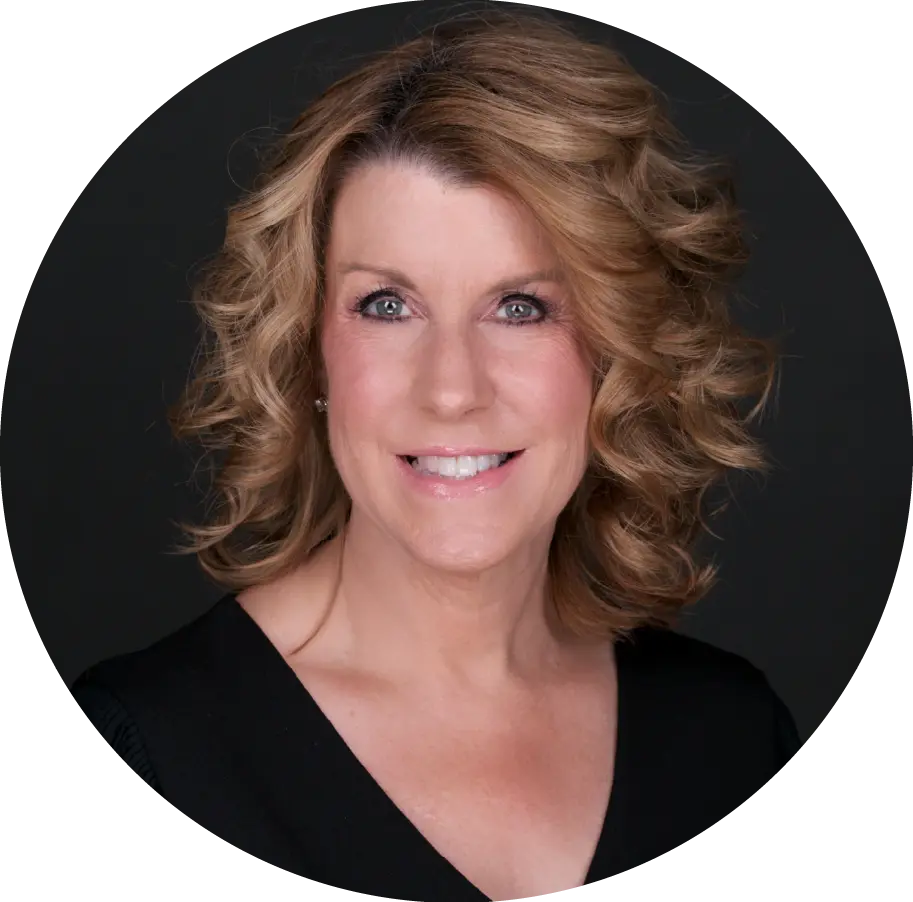 Wendy L. Wright
DNP, ANP-BC, FNP-BC, FAANP, FAAN, FNAP
Wendy L. Wright
DNP, ANP-BC, FNP-BC, FAANP, FAAN, FNAP
Why Pharma Marketers Need To Partner Now With HCP Influencers
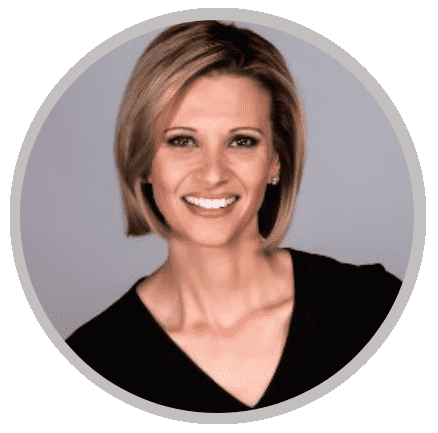 Leyla Gulen
(Moderator)
Leyla Gulen
(Moderator)
 Jake Collins
PA-C
Jake Collins
PA-C
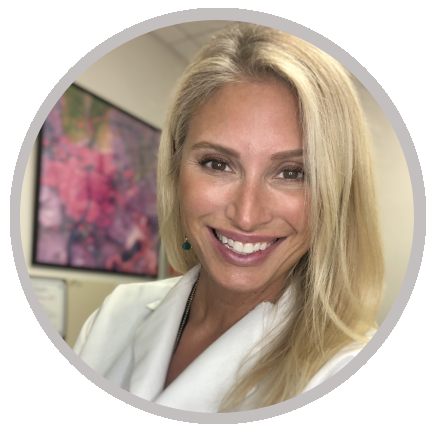 Leslie Schlachter
PA-C
Leslie Schlachter
PA-C
Allies in Patient Adherence: Pharma and NPs/PAs
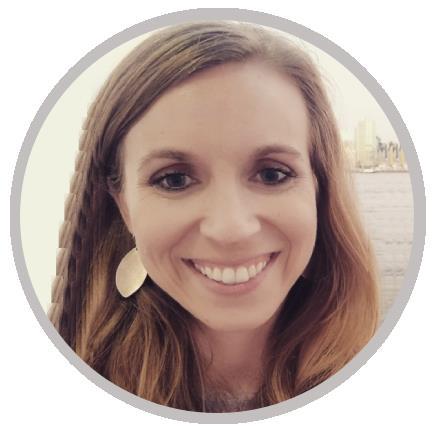 Ashlyn Smith
MMS, PA-C (Panelist and Moderator)
Ashlyn Smith
MMS, PA-C (Panelist and Moderator)
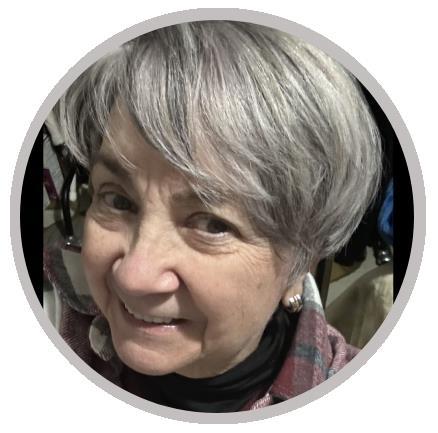 Lynn Nezin
PhD, Panelist
Lynn Nezin
PhD, Panelist
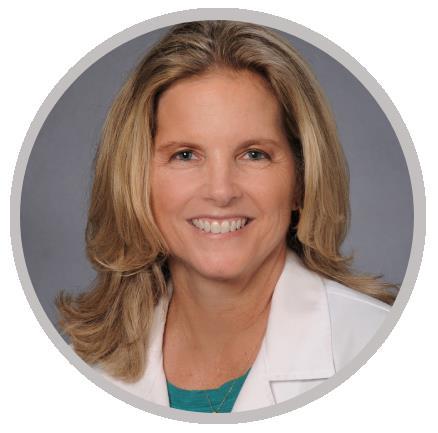 Pamela B. Dudkiewicz
DNP, ARNP, BC, AOCNP, Panelist
Pamela B. Dudkiewicz
DNP, ARNP, BC, AOCNP, Panelist
How Pharma Can Work with NPs/PAs to Improve Healthcare for Underserved Groups
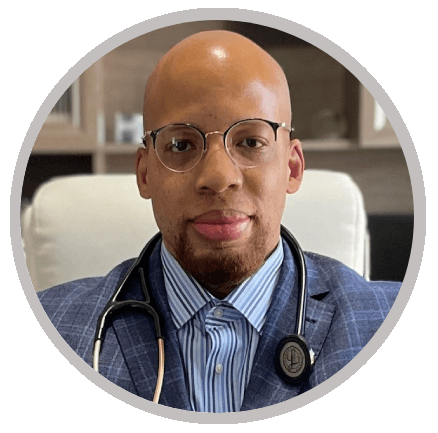 Dwayne Alleyne
DNP, APRN, ACNP-C
Dwayne Alleyne
DNP, APRN, ACNP-C
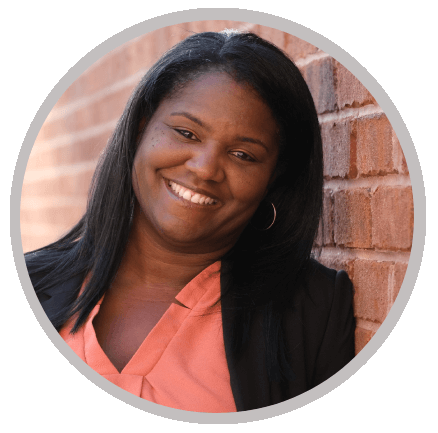 Shani Fleming
MS, MPH, PA-C
Shani Fleming
MS, MPH, PA-C
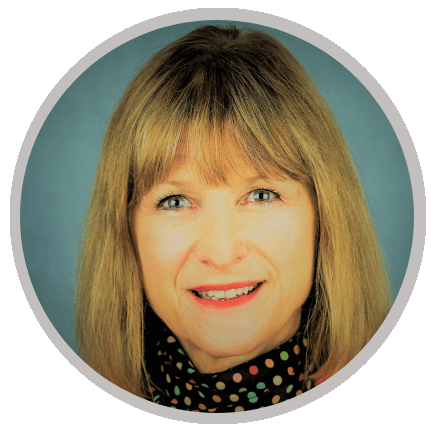 Christine Kessler
CNS, ACNP, ANP-C,
Christine Kessler
CNS, ACNP, ANP-C, BC-ADM, FAANP
How to Improve Your Drug or Device Launch with NPs/PAs
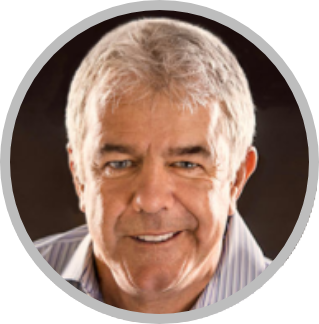 Neil Matheson
Moderator
Neil Matheson
Moderator
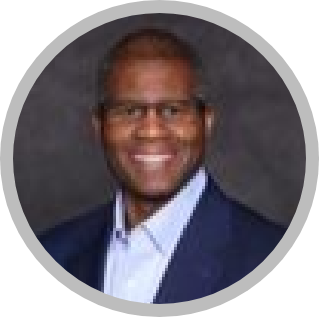 Todd Brown
Panelist
Todd Brown
Panelist
 Charles Hecht
Panelist
Charles Hecht
Panelist
How Oncology NPs/PAs/RNs Impact Patient Care, Decisions and RXs
 Sharon Gentry
MSN, RN, HON-ONN-CG,
Sharon Gentry
MSN, RN, HON-ONN-CG, AOCN, CBCN
 Dave Johnson
PA-C
Dave Johnson
PA-C
 Lisa Nodzon
PhD, APRN,
Lisa Nodzon
PhD, APRN, AOCNP
How Cardiology NPs/PAs Choose Meds to Prescribe and Devices
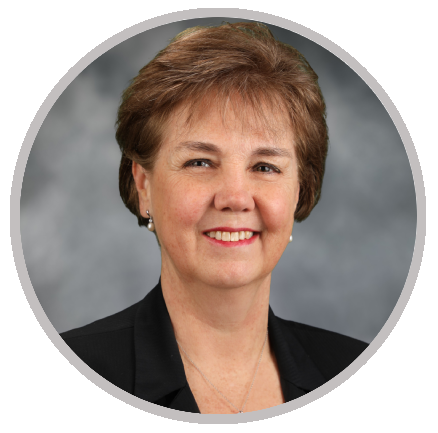 Midge Bowers
PA-C
Midge Bowers
PA-C
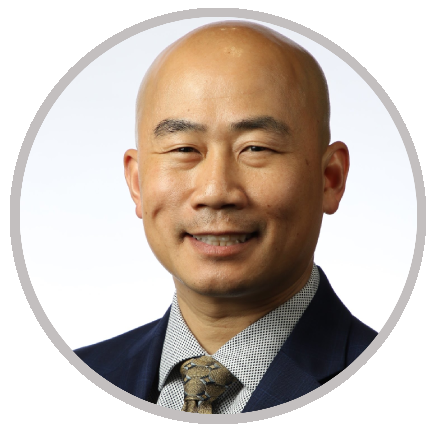 Viet Le
MPAS, PA-C,
Viet Le
MPAS, PA-C, FACC, FAHA
Join the Presidents of AAPA and AANP: Impact of NPs/PAs on Pharma/Medical Device Companies
 Jennifer M. Orozco
MMS, PA-C, DFAAPA
Jennifer M. Orozco
MMS, PA-C, DFAAPA
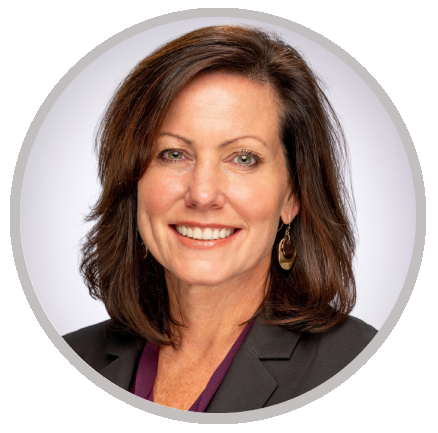 Dr. April N. Kapu
DNP, APRN, ACNP-BC,
Dr. April N. Kapu
DNP, APRN, ACNP-BC, FAANP, FCCM, FAAN
How and Why Include NPs/PAs in 2022 Brand Planning
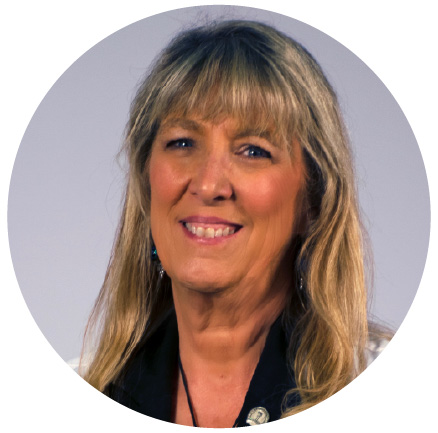 Angela Golden
DNP, FNP-C, FAANP
Angela Golden
DNP, FNP-C, FAANP
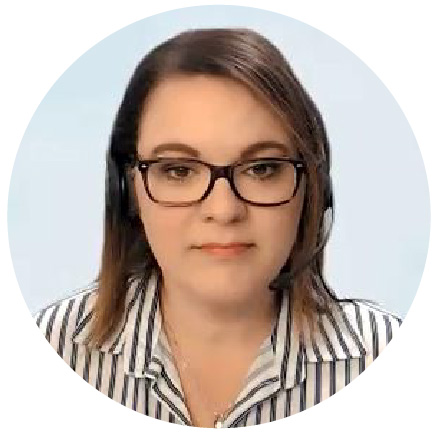 Amanda Shelley
MPAS, PA
Amanda Shelley
MPAS, PA
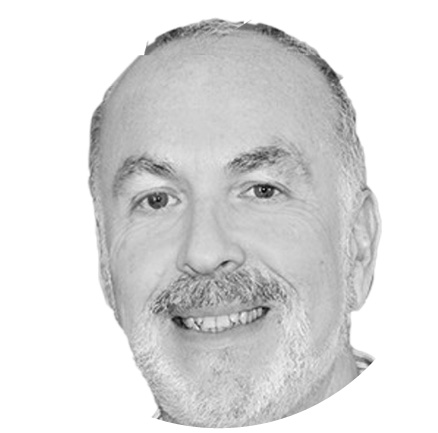 Harlan Schwarz
EVP, Media at Evoke
Harlan Schwarz
EVP, Media at Evoke
Get NPs & PAs to Prescribe Your Product
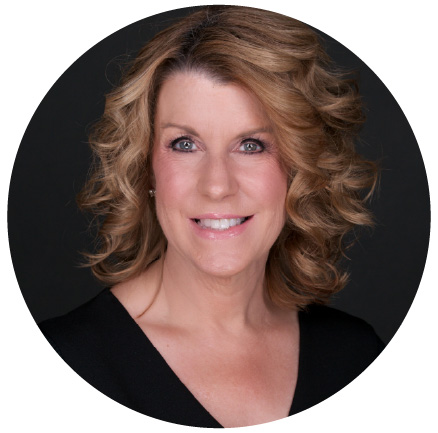 Wendy Wright
DNP, FNP-BC, ANP-BC,
Wendy Wright
DNP, FNP-BC, ANP-BC, FAANP, FAAN, FNAP
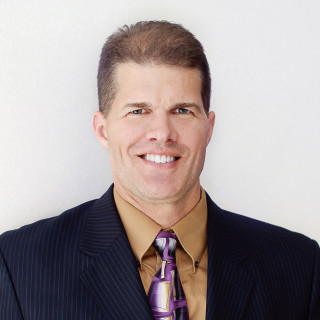 Scott Urquhart
PA-C, DFAAPA
Scott Urquhart
PA-C, DFAAPA
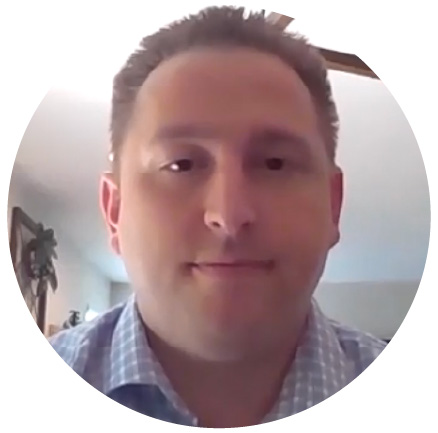 Charles J. Hecht
Vice President of Media at
Charles J. Hecht
Vice President of Media at Solve(d)/FCB Health NY
New Study: NPs Practice in Areas with Greatest Health Need
"New research published in the Journal of General Internal Medicine has revealed that..."
NPs Replacing MDs
"As of today 41% of U.S. providers are nurse practitioners (NPs) or physician assistants (PAs) which is up from..."
The Practitioners You’re Missing
"Like MDs, NPs and PAs prescribe in nearly every specialty and practice setting. NPs/PAs are seen for..."
Pharma Marketing Exec’s Best ROI Generator
"KOL Webinars were identified as the best ROI generator by more than 100 global pharma and..."
46,000 New NPs/PAs Enter Healthcare System
"Nearly 46,000 new NPs and PAs enter the healthcare system each year. Both the NP/PA professions are growing at..."
Thinking Outside the Pill Box
"It’s increasingly difficult to market meds to HCPs so how can pharma marketers think outside the pill box..."
The Push for Personalized Medicine
"Personalized medicine and shared decision making between HCPs and patients have increased in importance the last several years..."
#1 Reason Patients Switch Treatments
"A new survey of 8,000 patients revealed interesting insights for pharma marketers. According to the Accenture survey, 25%..."
Neurologists vs. NPs/PAs - Surprising Results
"Nurse Practitioners (NPs) and Physician Assistants (PAs) prescribe monoclonal antibody therapies significantly more than neurologists..."
Medication Adherence Revolutionized
"The FDA just approved a pill with a digital tracking device that patients swallow to record when the medication is taken..."
Prior Authorization Headaches for Pharma Brand Managers
"About 86% of medical practice leaders reported that prior authorization (PA) requirements have increased over the past year..."
HCP Recommendations are Vital for Clinical Trial Recruitment
"Less than 20% of U.S. patients said a healthcare professional (HCP) has talked to them about clinical trial studies..."
HCPs’ Dismal Awareness of Pharma’s Patient Services
"Only 40% of healthcare professionals (HCPs) are ‘very aware’ of pharma companies’ patient services, and the reason HCPs..."
The Silver Tsunami’s Effect on Pharma
"The “silver tsunami” is a metaphor used in the media and scholarly literature to describe this phenomenon of an aging population..."
Healthcare Robotics and the HCP
"A recent report by Credence Research estimated the global medical robotics market will reach $20 billion by 2023..."
Three “P”s Healthcare Marketers Must Chase
"As the healthcare landscape changes, three targets emerge as the groups that will determine the success or failure of pharma..."
Three MD to NP Comparisons
"A new study shows Nurse Practitioner (NP) visits correlate to a big drop in hospital admissions. Hospitalization rates plummeted 61%..."
Pharma Rep Access in Decline
"Less than 44% of physicians are accessible to pharma reps this year compared to 51% in 2014 and 65% in 2012. Nearly a decade of data..."
The Simple Pharma Executive Mistake Lowering Drug Sales
"Studies show that patients think meds with simple names are safer and equally effective while drug brands become more difficult to pronounce..."
Physician Assistants In the News
"Physician Assistants (PAs) continue to dominate the healthcare news. One recent article describes the ability and training of a PA..."
NPs More in Demand Than Docs
"Nurse practitioners (NPs) topped the list of most recruited providers in the annual report on physician and advanced practitioner..."
The Biggest Issue Facing Clinical Trials
"Last week was Clinical Trials Awareness Week. The Coalition for Clinical Trials Awareness (CCTA) is a nonprofit group of HCPs..."
Pharma Reputation Tanks
"Only nine percent of U.S. consumers believe pharmaceutical and biotechnology companies put patients over profits according to a Harris Poll released in Janurary..."
How to Change Prescribing Behavior
"Recent studies show proof of successful ways to change HCP behavior. Changing the prescribing behavior of HCPs isn’t easy and requires..."
CE and KOL Webinars Soar
"Healthcare professionals are excited about the growth of Continuing Education (CE) and Key Opinion Leader (KOL) webinars which have quickly..."
Nurse Prescribers?
"Nurse practitioners and many advanced practices nurses (APRNs) can currently prescribe medications in the U.S. Though registered nurses (RNs)..."
Pharma ROI Doubled through This Channel
"Have you compared ROI for TV versus online marketing for the pharma industry? ROI for digital marketing in the pharma industry ranges from 4:1..."
How Scripts Increased 20%
"A recent survey showed that during the period NP/PA Engage handled NP/PA promotion for a big pharma, the drug usage by this population..."
Do NPs / PAs Specialize?
"Although many NPs and PAs work in family care, the majority specialize. For almost every medication, condition, and specialty area, there are NPs..."
Do You Know How Much Pharma Loses Due to Nonadherence?
"Pharma companies lose $188 billion each year because patients don’t take their meds.1 Let’s delve deeper into three specific ideas pharma marketers..."
Infographic on Medication Adherence
"This infographic illustrates the prevalence of two types of medication nonadherence and the consequences for patients, the healthcare system..."
The Pharma Executives’ Thanksgiving Blog
"In the spirit of Thanksgiving, here are four reasons why pharma execs should thank not just physicians, but the often neglected members..."
The Cost of Premature Medication Discontinuation
"Stats indicate 6 in 10 don’t take medications as directed including forgetting and intentionally cutting the dose or stopping a medication early..."
Solving Pharma’s Primary Nonadherence Problem
"The CDC reports 20 to 30% of new prescriptions are never filledat the pharmacy (called primary nonadherence). A recent study found an even higher..."
Are NPs/PAs More Like MDs or RNs?
" NPs and PAs are a distinct group who prescribe and are authorized and educated to do much more than an RN or LPN. Don’t just provide NPs/PAs..."
MDs and NPs Prescribing Habits
"The stats indicate these providers are basically on par with physicians. Numerous studies show NPs/PAs prescribe as often as MDs and are not simply relegated..."
Pharma Insults NPs/PAs
"You don’t have to search far on social media and other outlets to find the frustration NPs and PAs express about being referred to with words..."
Top Prescribers
"Nurse Practitioners and Physician Assistants are among the top prescribers for some drugs. For example, for Olysio (a hepatitis treatment), three..."
Pill Color Matters
"Patients are up to 50% more likely to stop taking a medication if its color changes,which often happens when a script is refilled with a generic..."


